Verscheen in 朝日新聞DIGITAL op Mar 13, 2018
宮崎)イオンモール宮崎で内覧会 16日にオープン
増床工事が完了し16日にグランドオープンする宮崎市のイオンモール宮崎で12日、報道関係者向けの内覧会があった。増床棟「サウスモール」や人工芝の中庭広場が公開された。(Excerpt from the text)
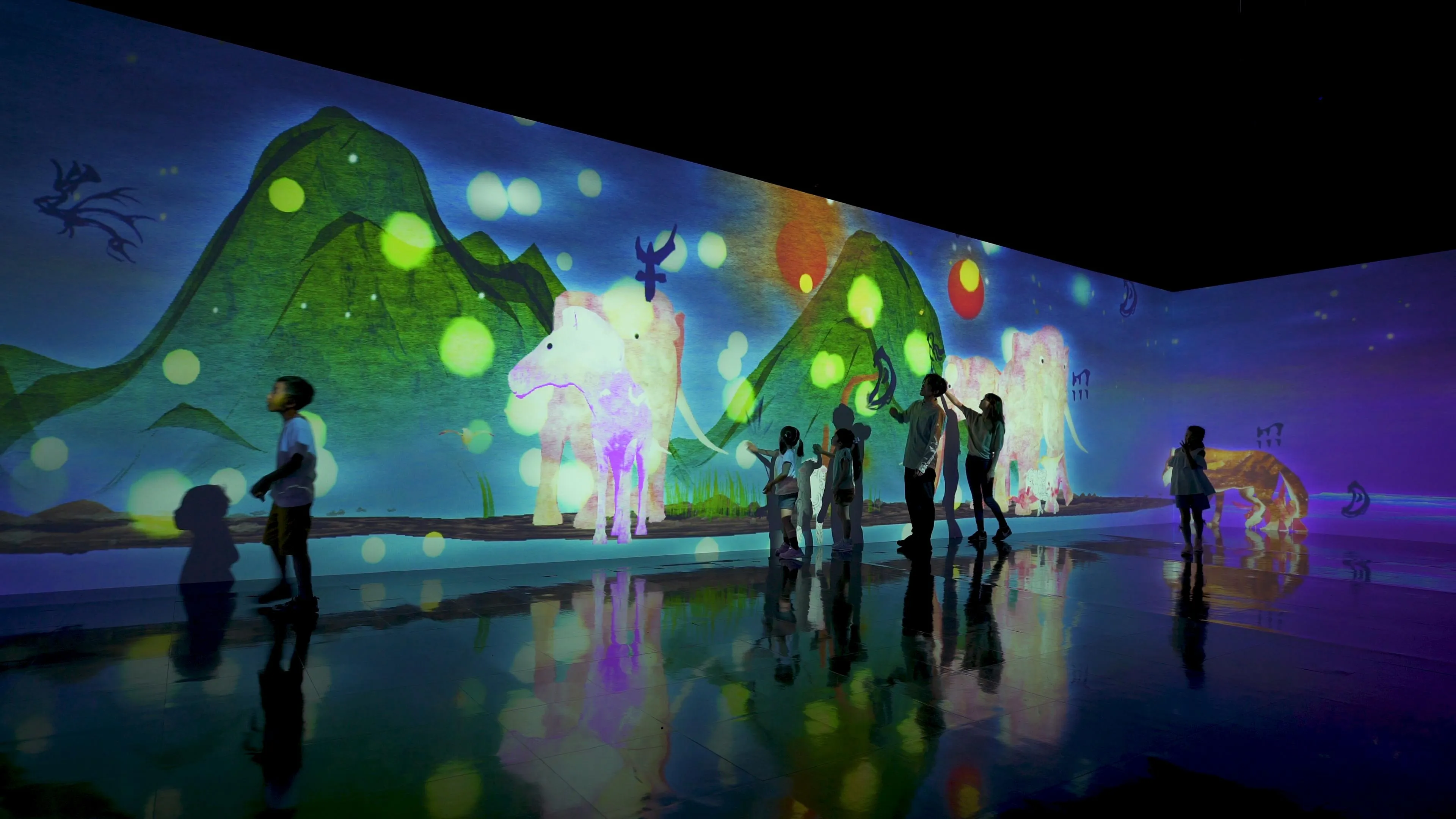
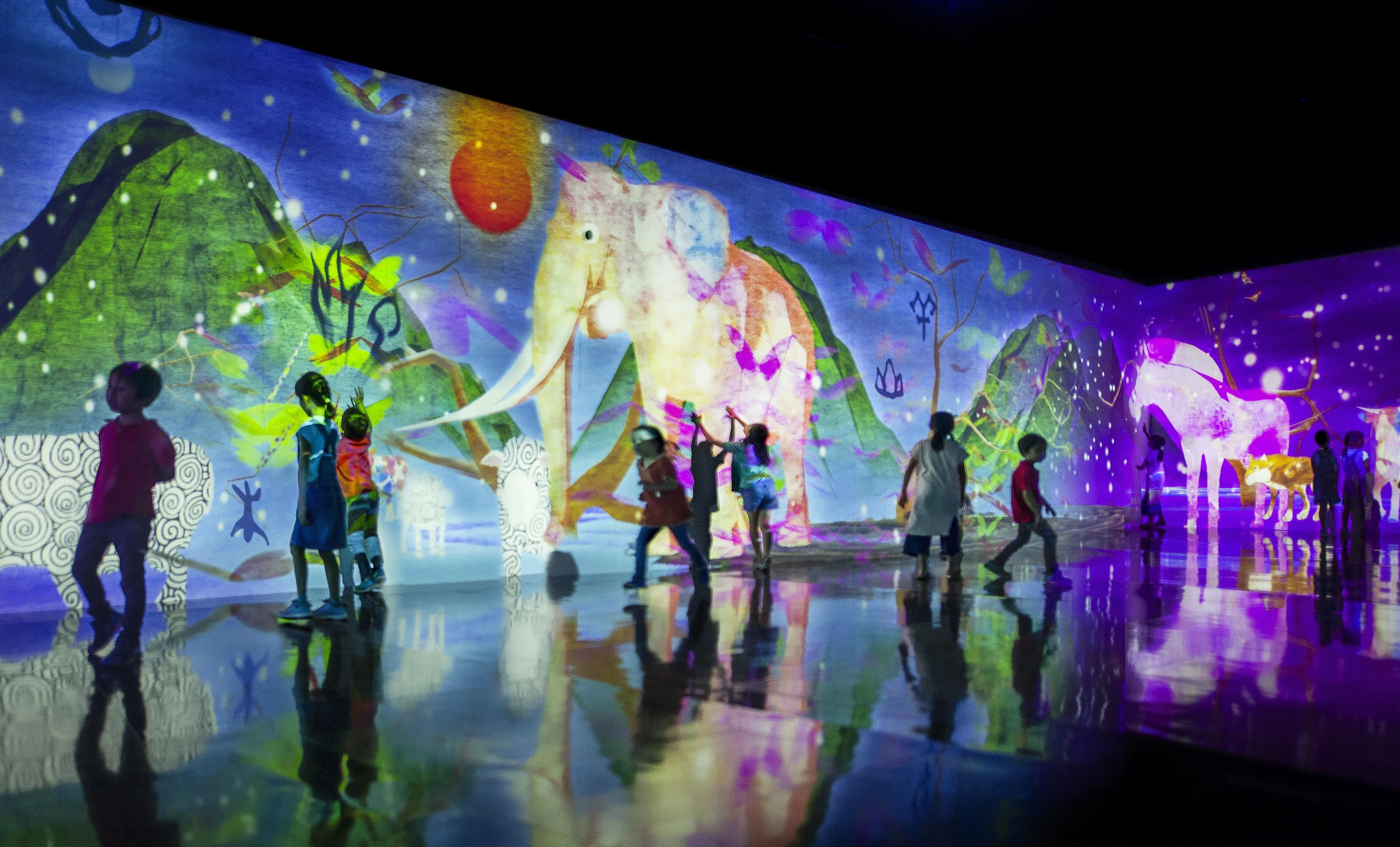
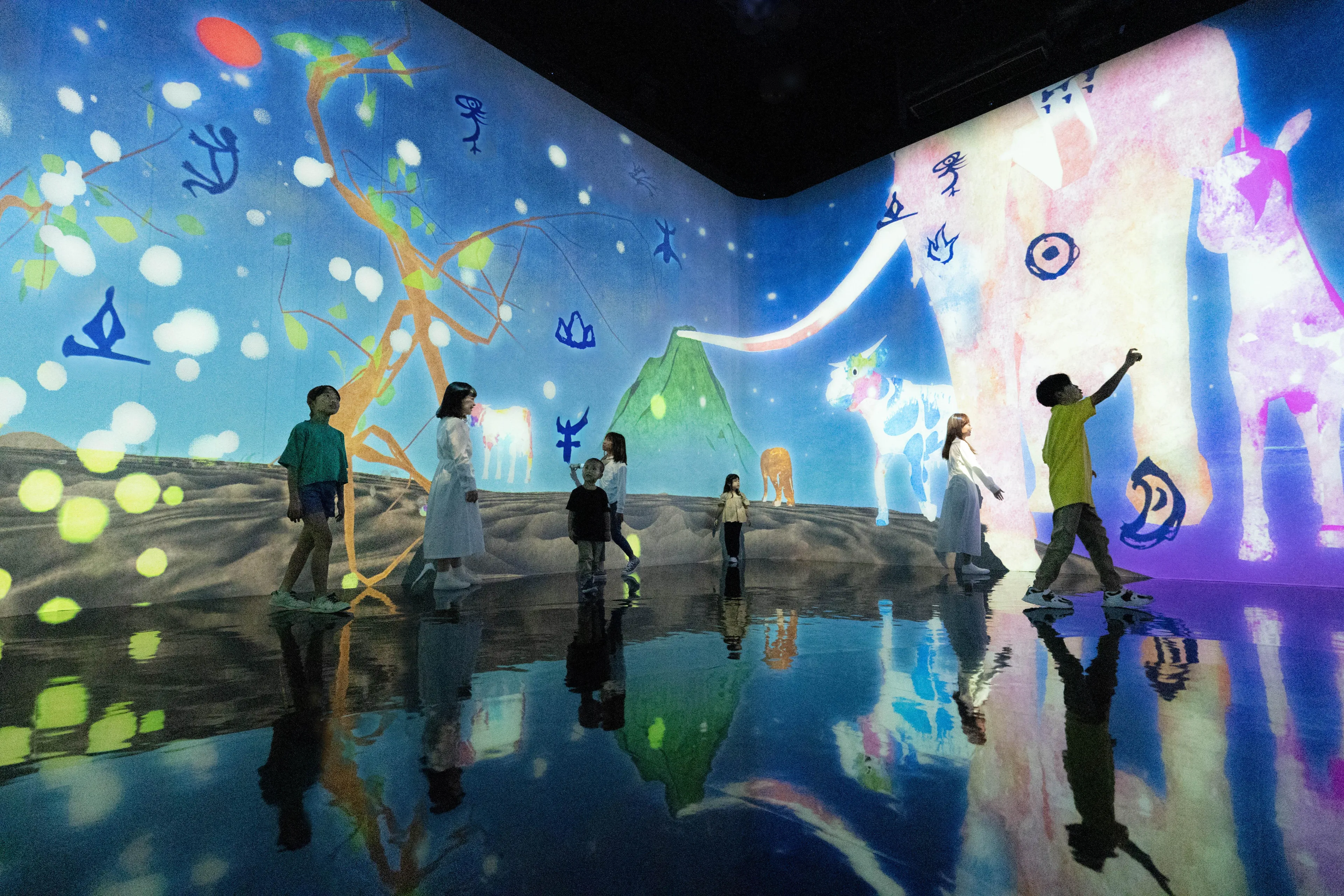
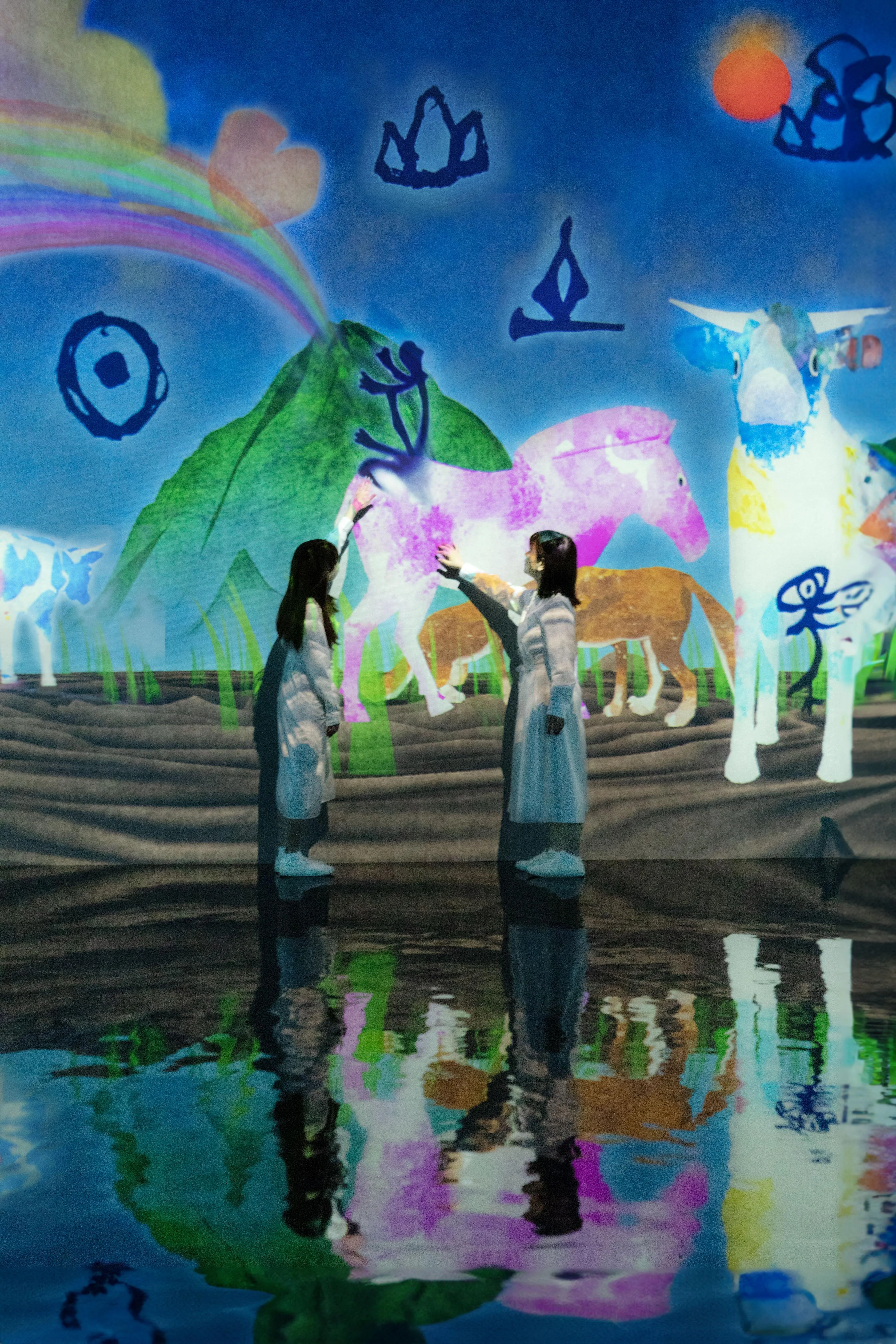

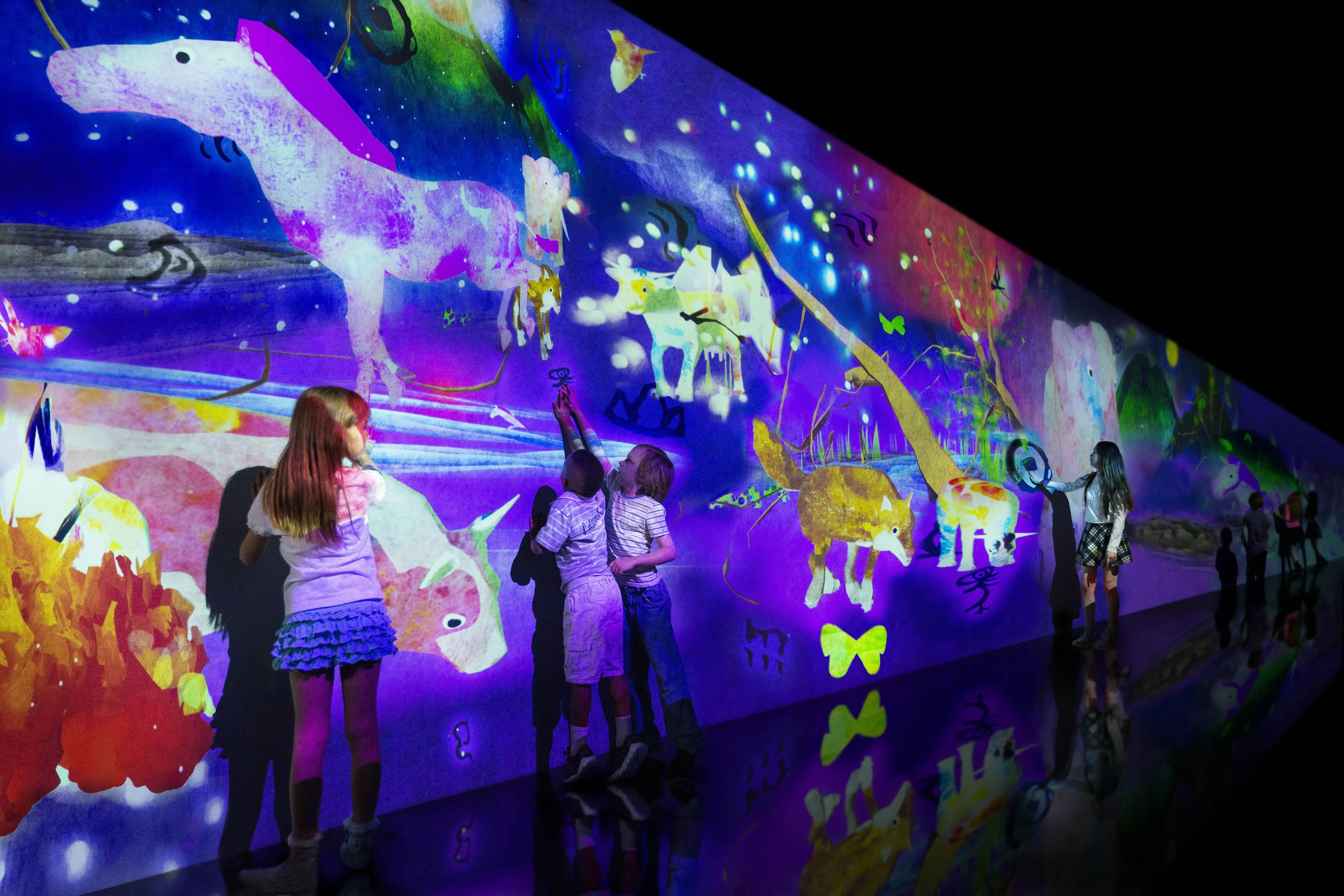
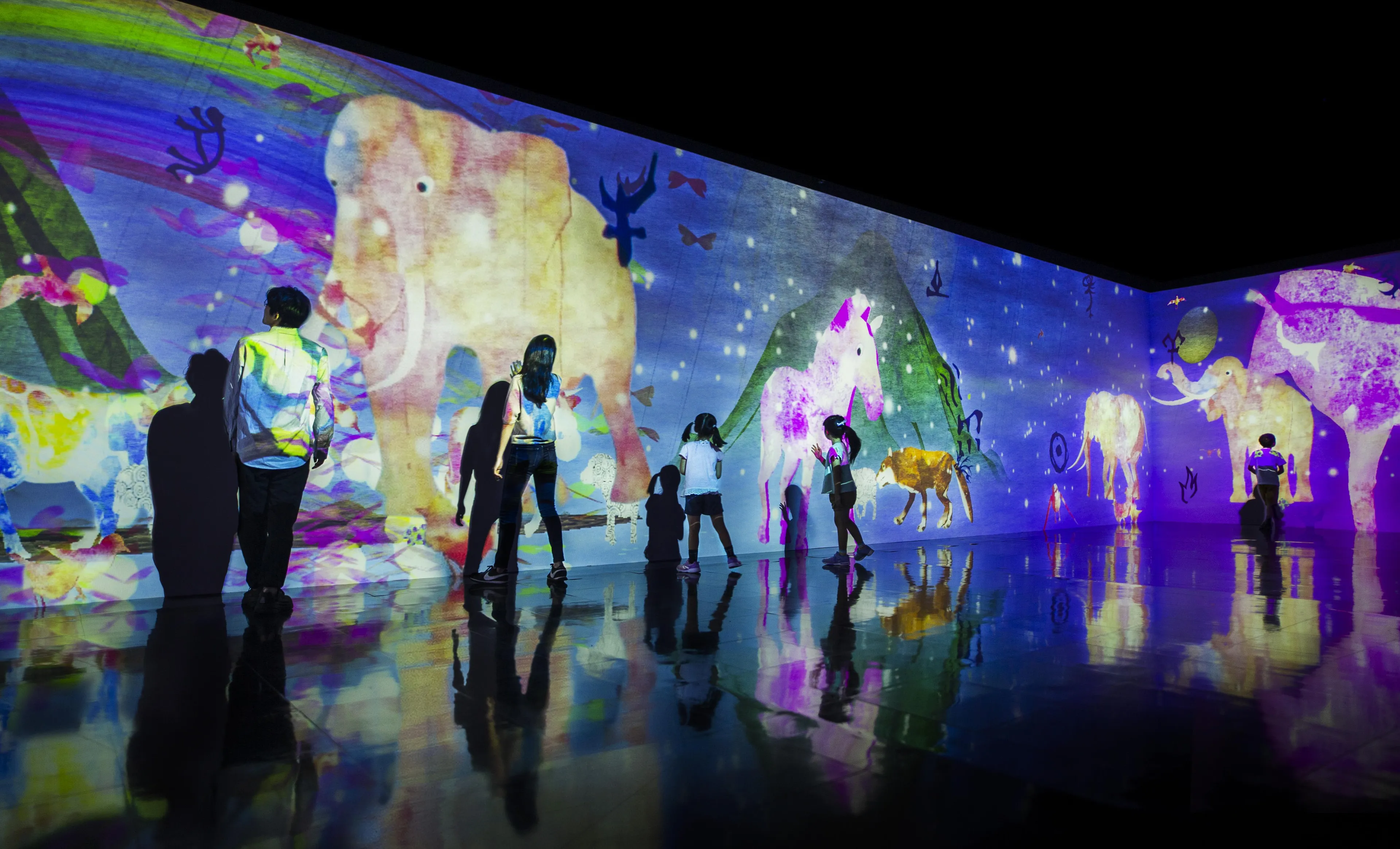
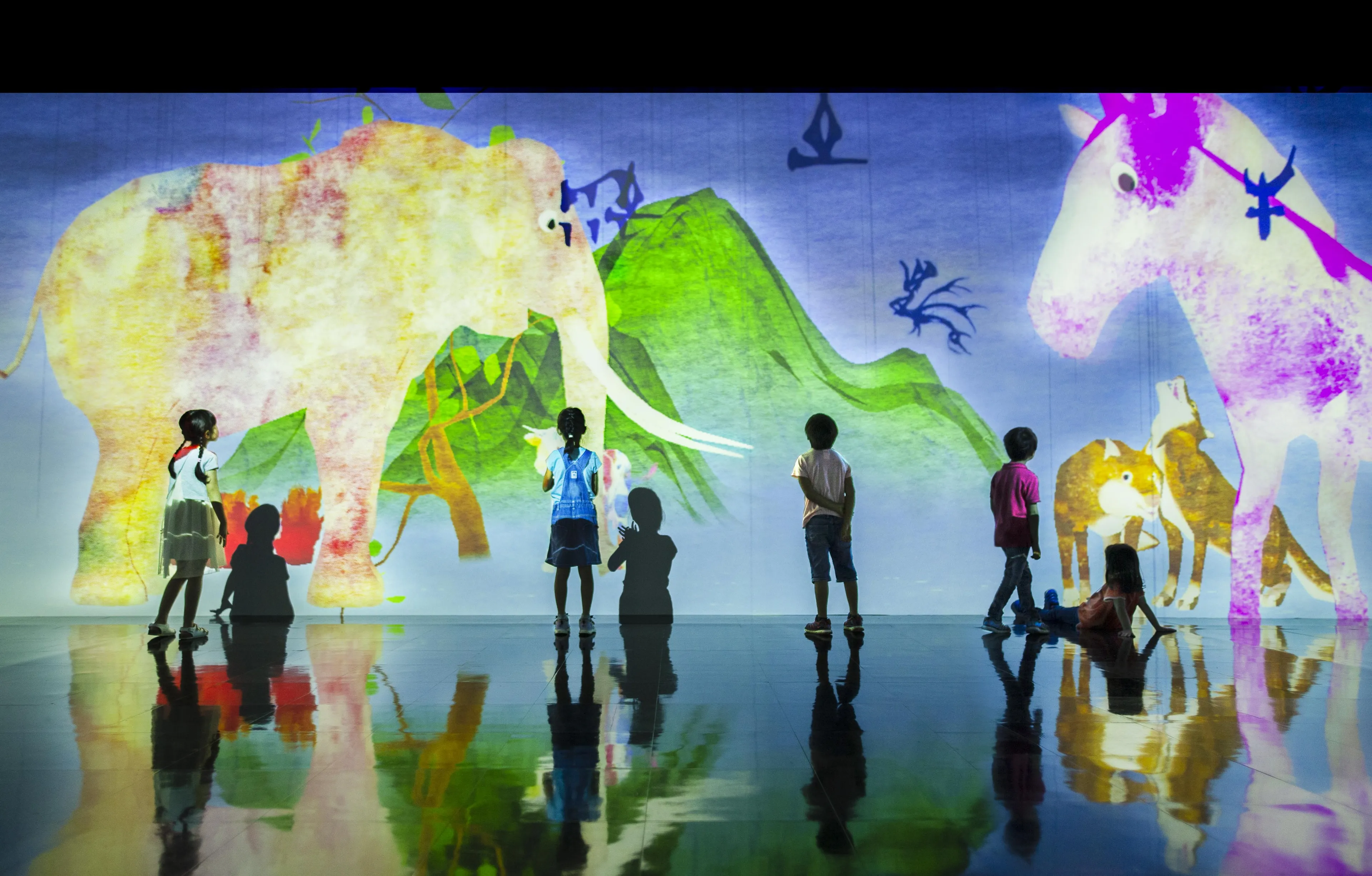
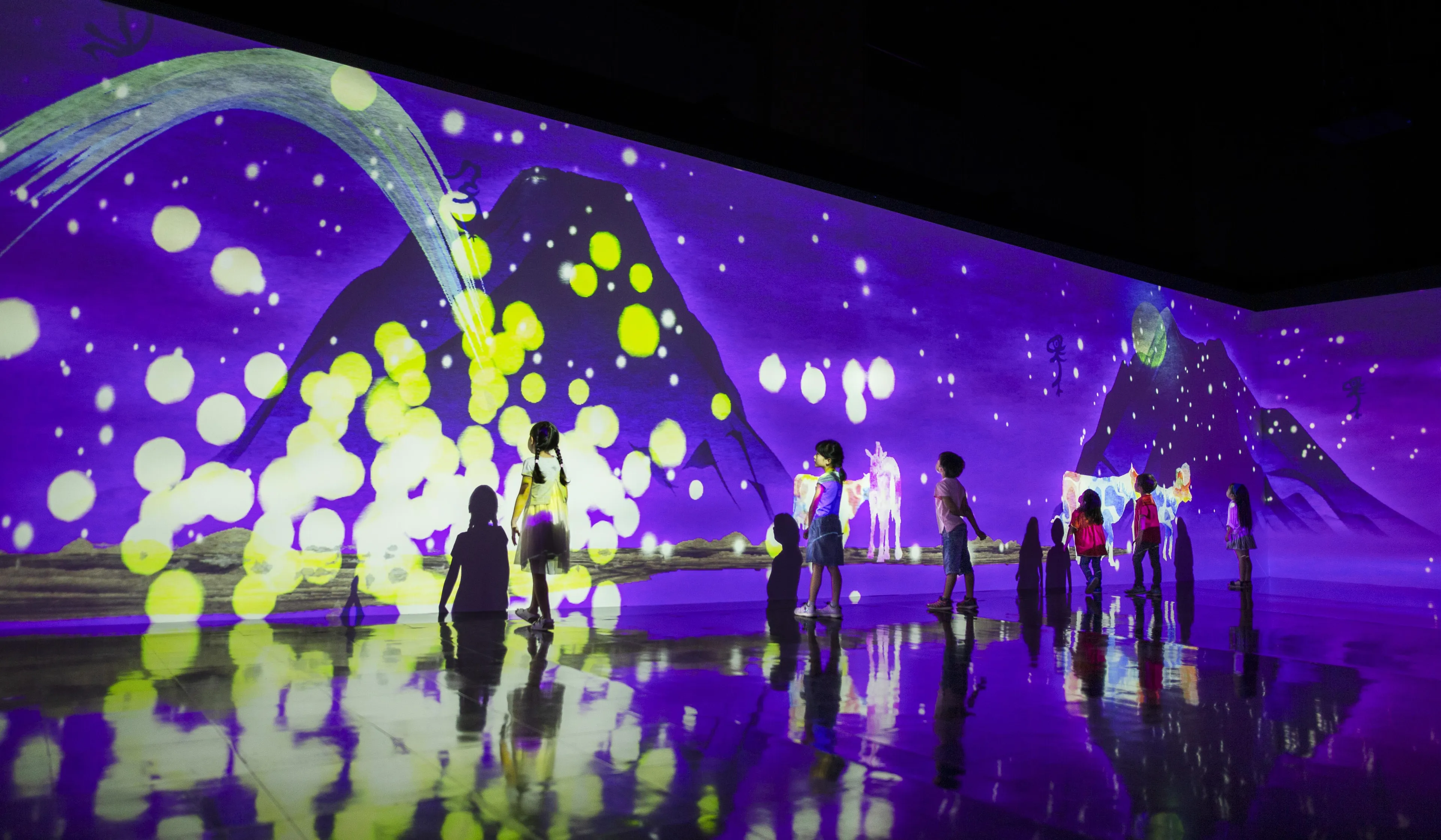
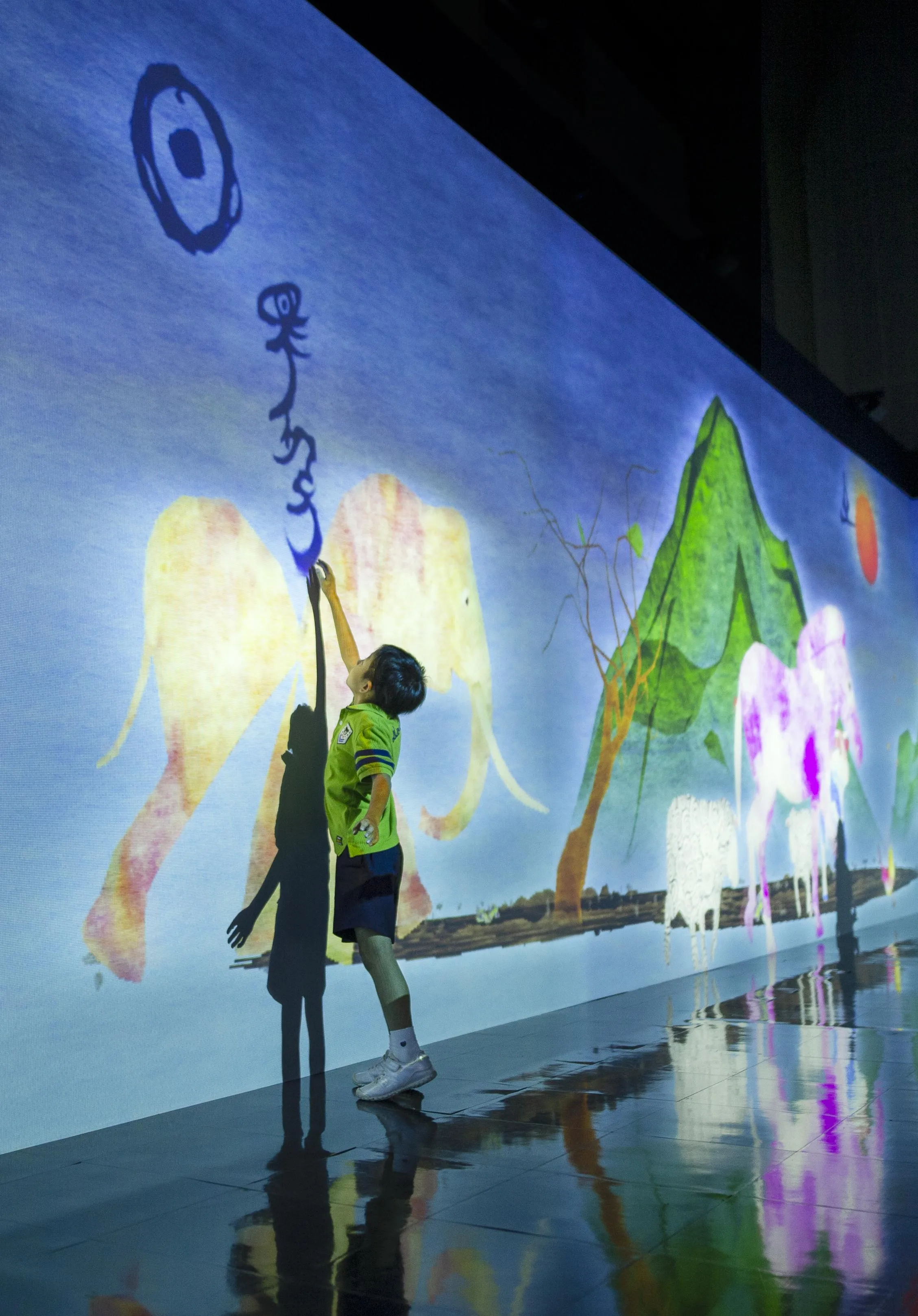
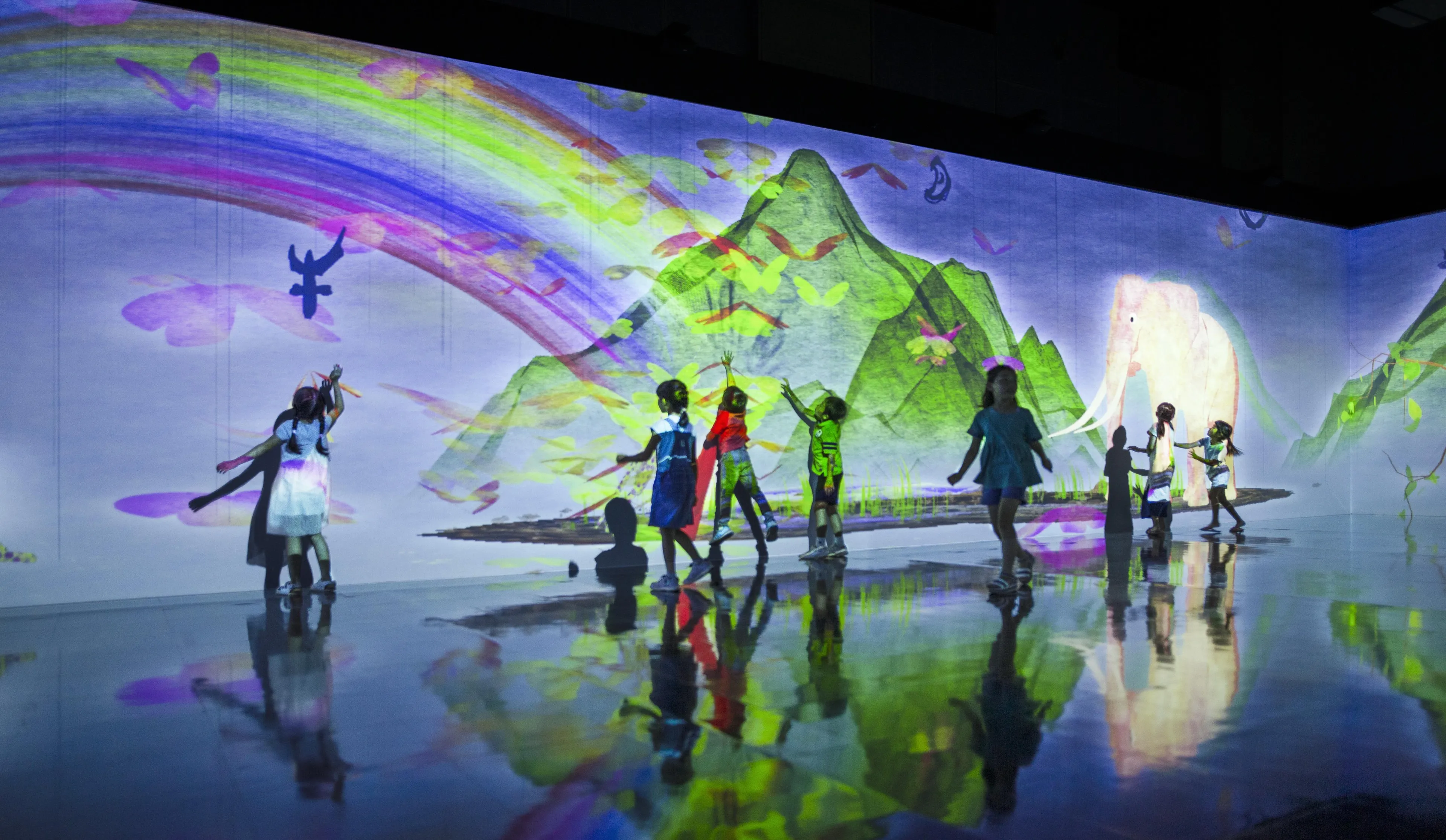
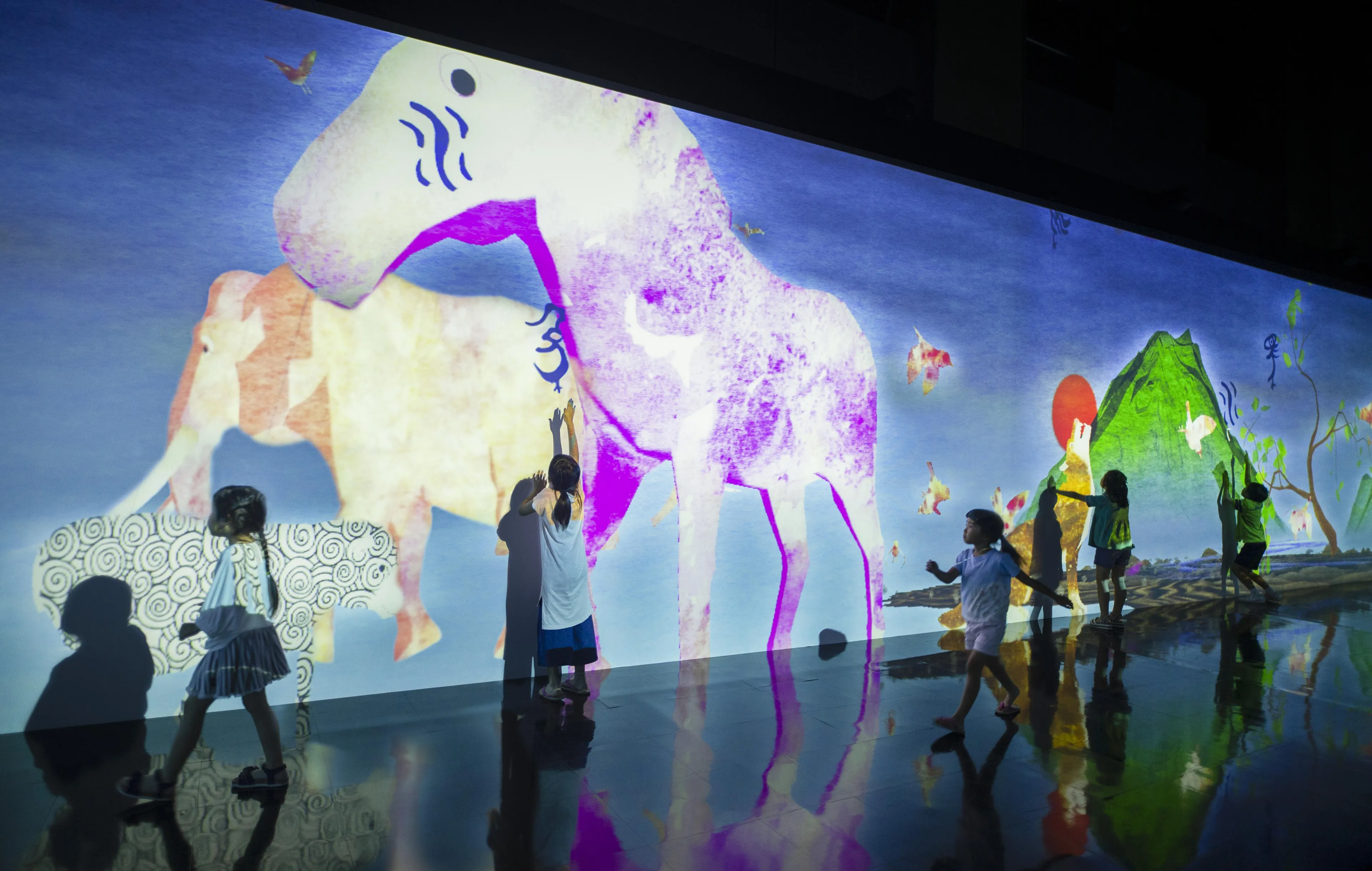
The origin of Chinese characters
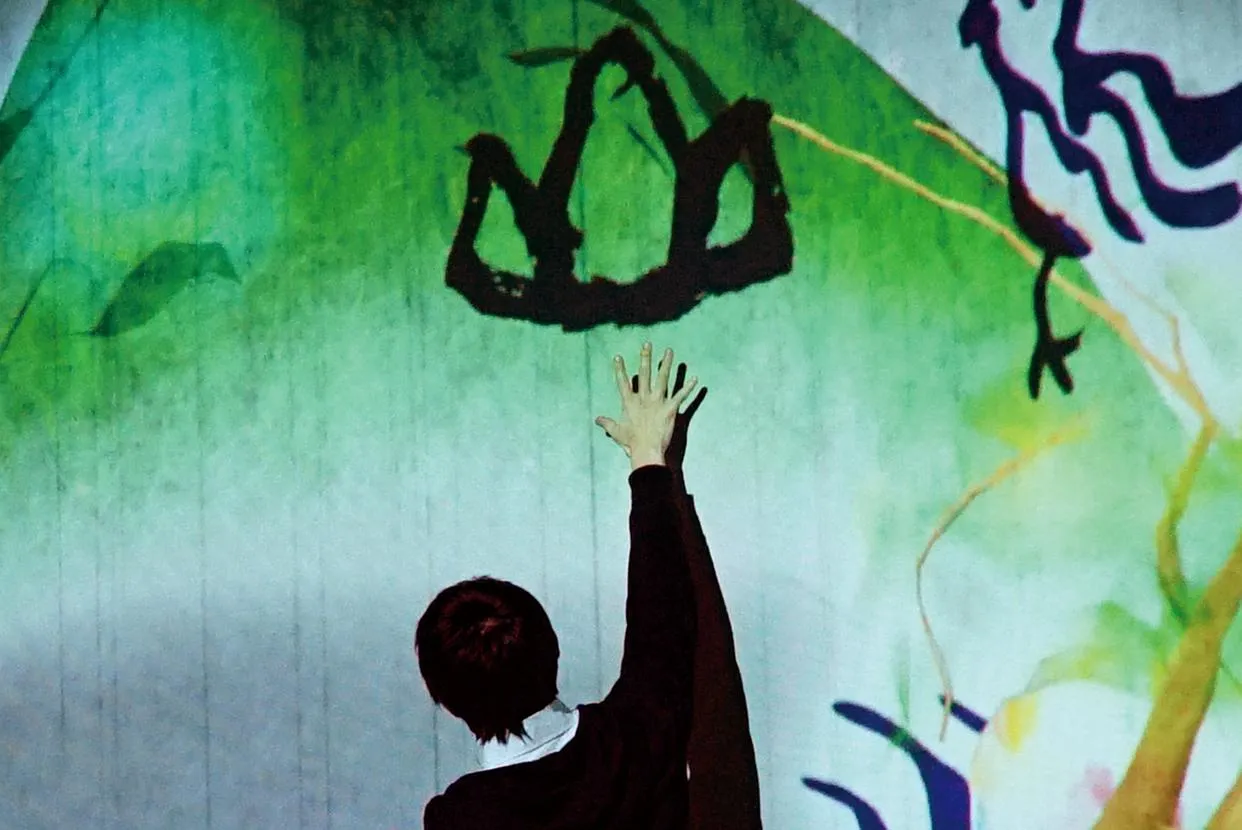
1
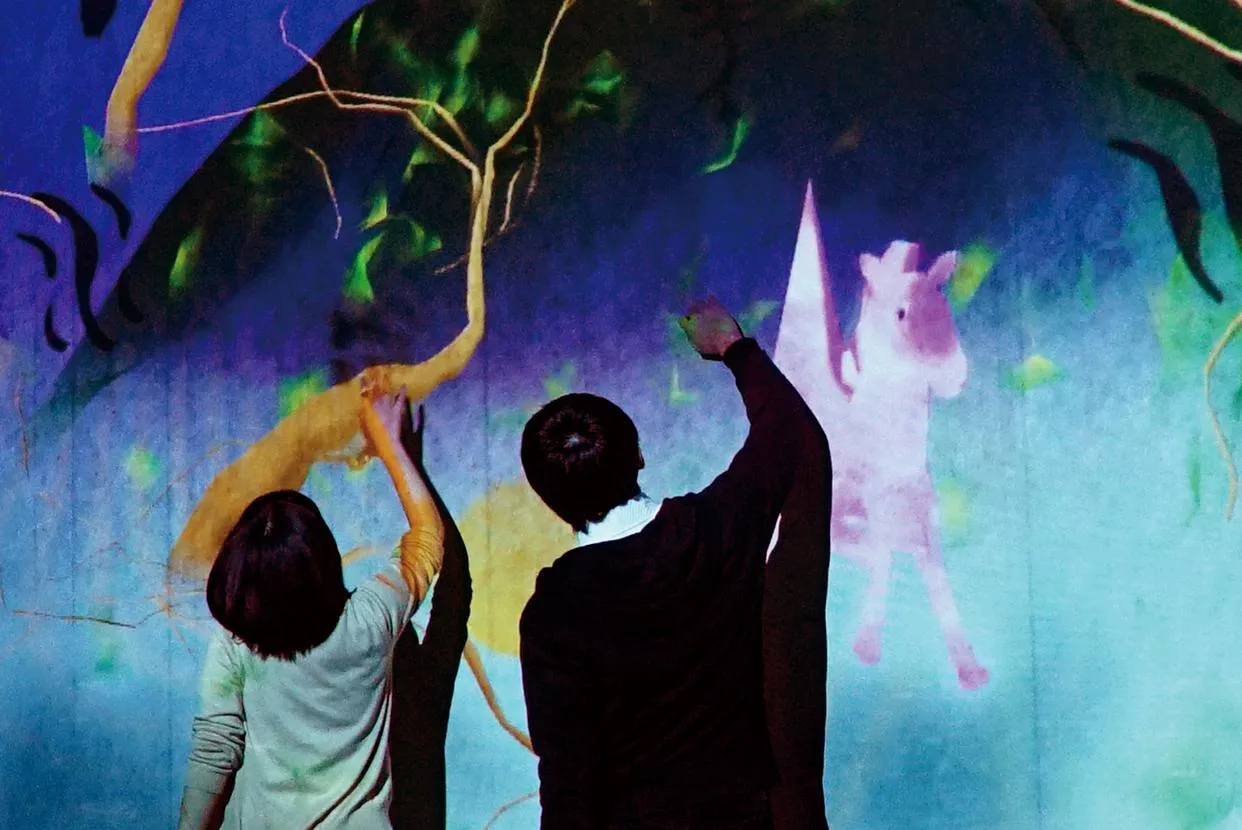
2
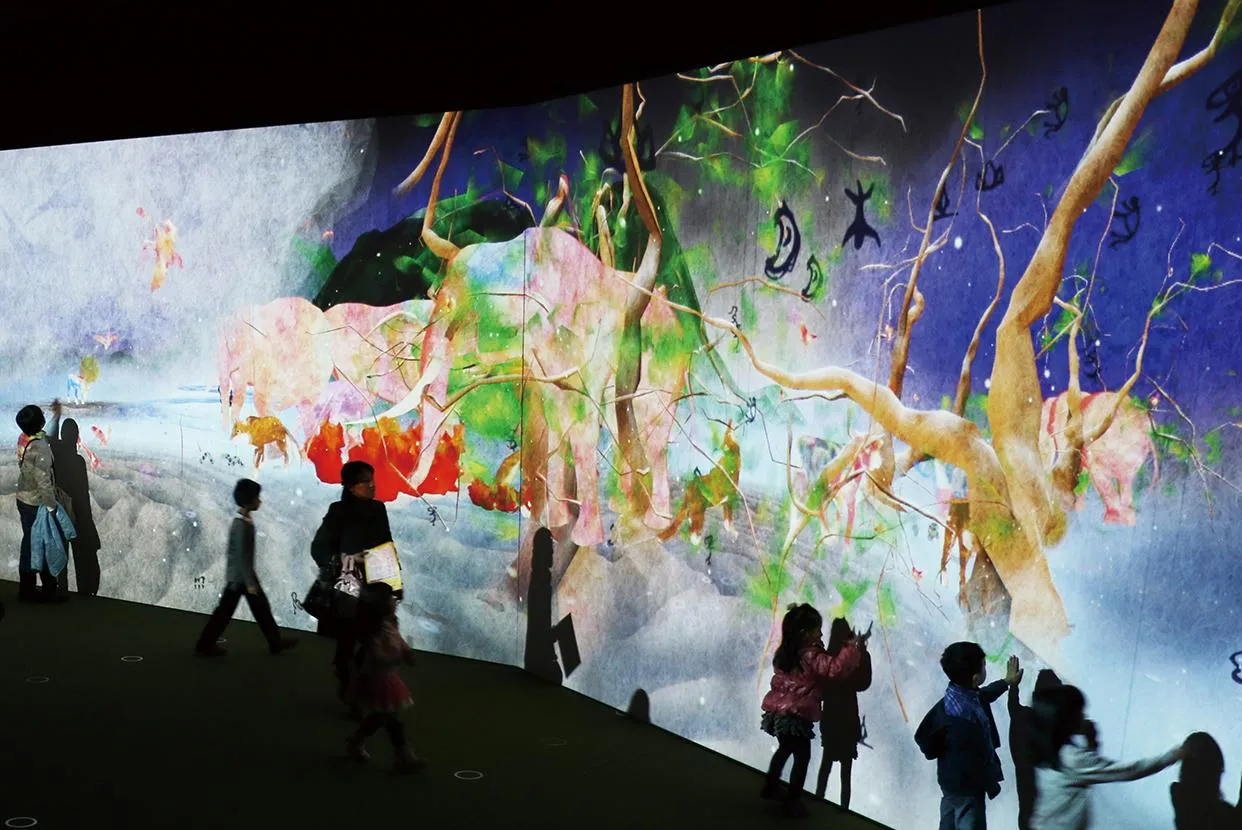
3
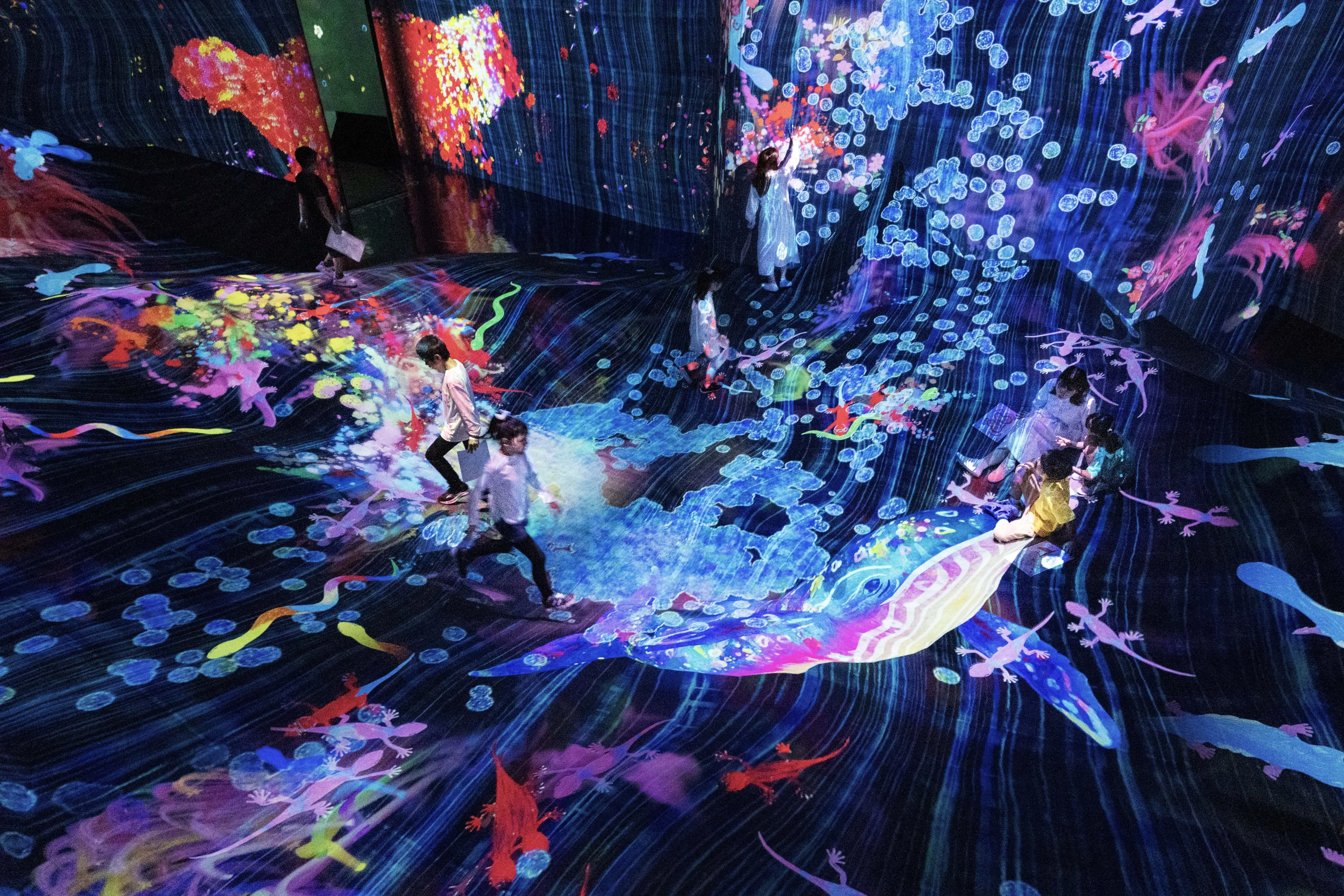
ON VIEW
2023.12.15(Fri) - Permanent
T GALLERIA OKINAWA 3F, Naha, Okinawa
Permanent Solo Exhibition
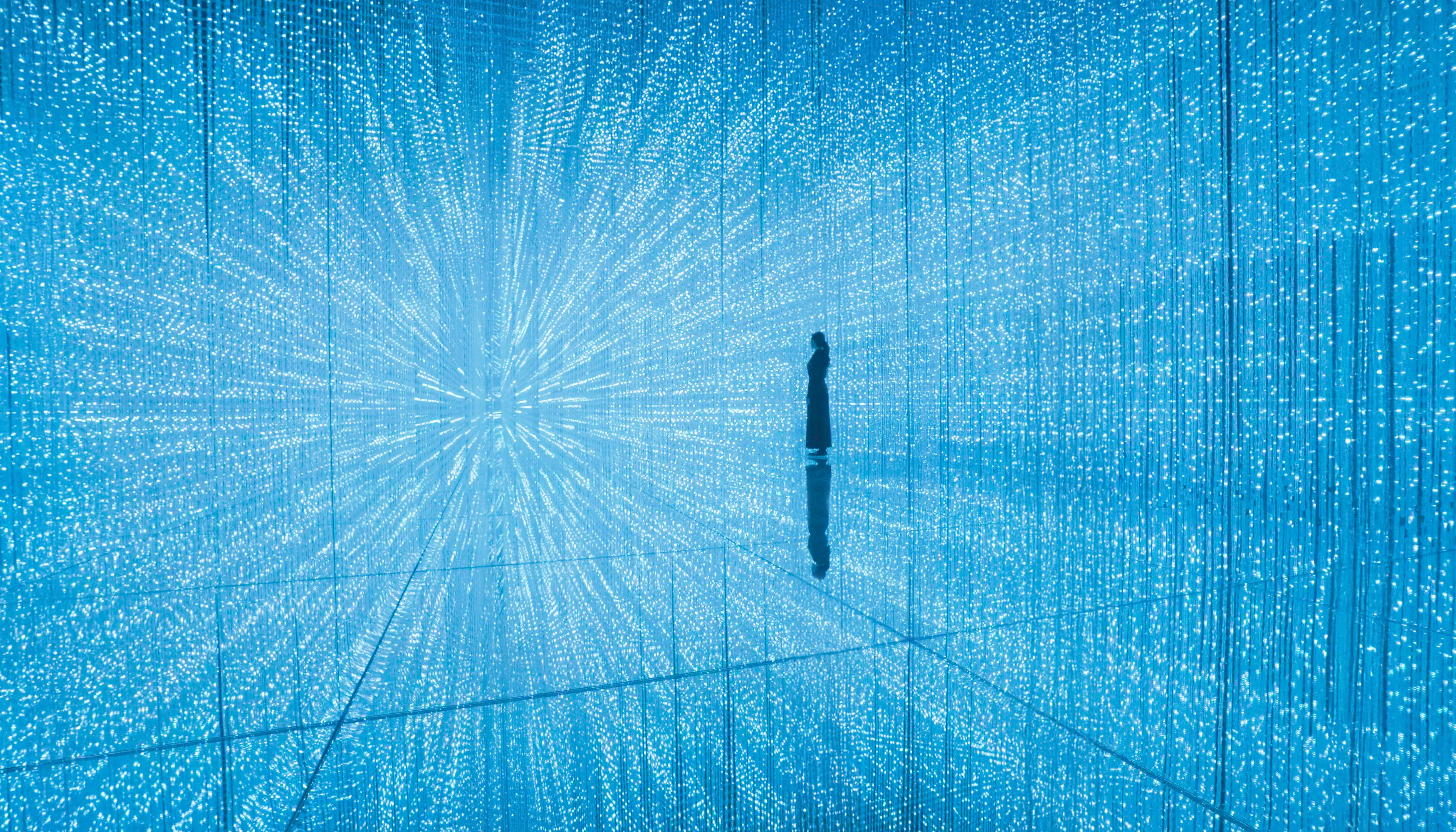
ON VIEW
2016.3.12(Sat) - Permanent
ArtScience Museum, Marina Bay Sands, Singapore
Permanent Solo Exhibition
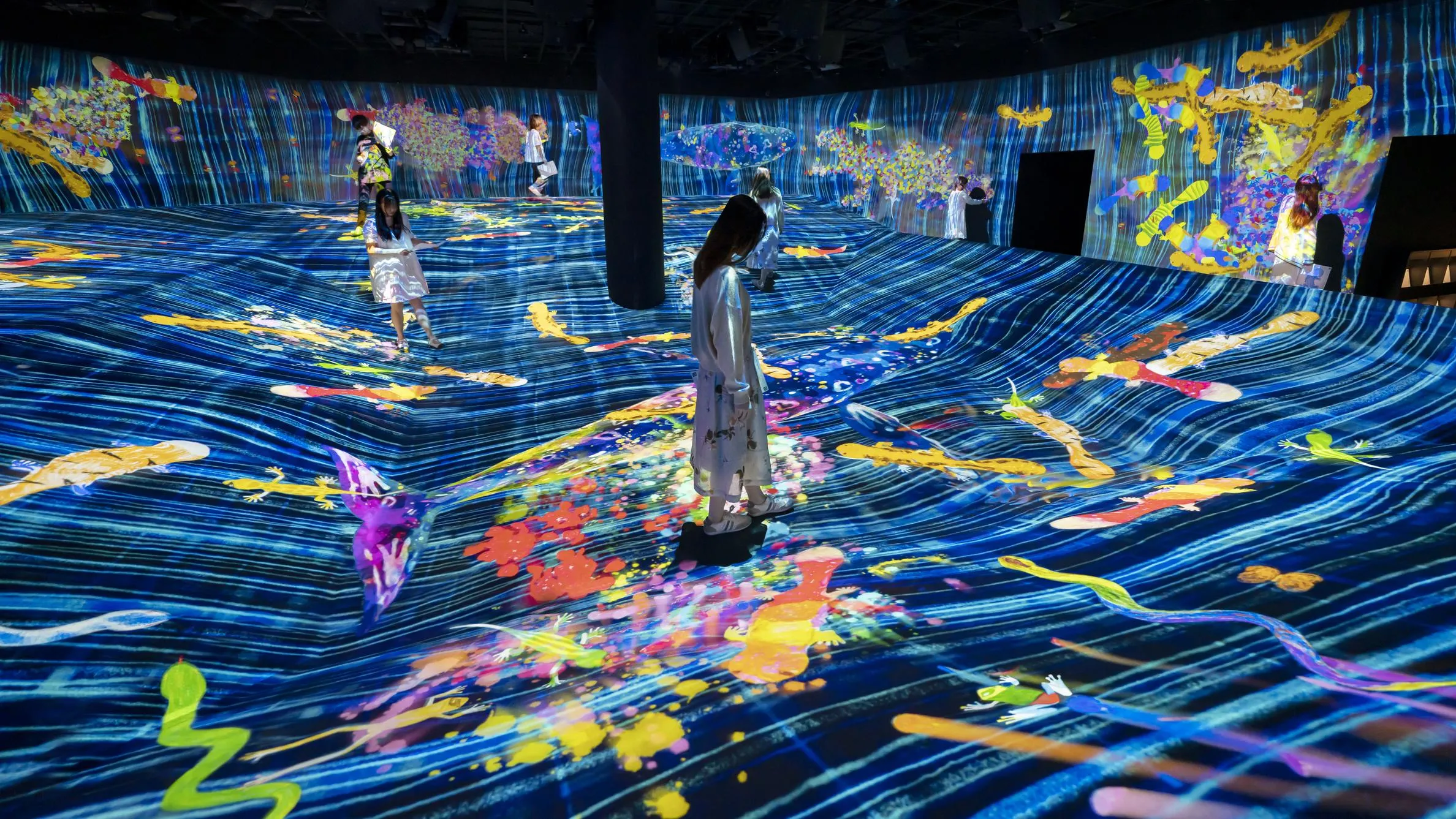
ENDED
2022.12.15(Thu) - 2024.12.15(Sun)
C Future City 3F, Shenzhen, Guangdong
Permanent Solo Exhibition
Verscheen in 朝日新聞DIGITAL op Mar 13, 2018
増床工事が完了し16日にグランドオープンする宮崎市のイオンモール宮崎で12日、報道関係者向けの内覧会があった。増床棟「サウスモール」や人工芝の中庭広場が公開された。(Excerpt from the text)
Verscheen in RETRIP op Mar 10, 2018
2018年3月16日(土)、「チームラボ 学ぶ!未来の遊園地」の国内4店舗目が、イオンモール宮崎にオープンします。共同的で創造的な人間になることをテーマにした「チームラボ 学ぶ!未来の遊園地」の中から、「すべって育てる! フルーツ畑」、「お絵かきタウン」、「お絵かきタウンペーパークラフト」など計8作品が常時展示されますよ。(Excerpt from the text)
Verscheen in Yomiuri Shimbun op Nov 25, 2017
関西の大学では、異なる学びを融合させた新しい科学の誕生が目立つ。広い視野で学ぶことで、常識や障壁を突破できるパイオニアを育成するのが狙いだ。(Excerpt from the text)